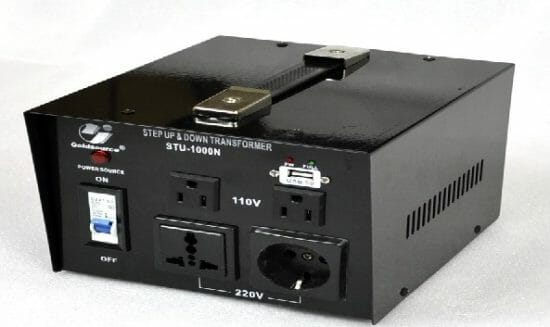- Course No.: E – 1672
- PDH Units: 3
No data found for Custom Course Number
No data found for Custom Course Units
- Course No.: E – 1672
- PDH Units: 3
Intended Audience: Electrical and general engineers
PDH UNITS: 3
There are two types of voltage transformers, magnetic voltage transformers (VT) and capacitive voltage transformers (CVT). The magnetic voltage transformers are most economical for voltages up to about 145 kV and the capacitive voltage transformers for voltages higher than 145 kV. A CVT can also be used together with the Power Line Carrier (PLC) devices that are used for communication over the high voltage transmission circuits. Voltage transformers are together with current transformers known as instrument transformers. Voltage transformers are in most situations connected between phase and ground. The standard that describes voltage transformers in details is IEC 186. The main functions of voltage transformers are:
- - To transform voltages from high value to a value that can be easily handled by protection relays and instruments
- - To insulate the metering circuit from the primary high voltage.
- - To give standardization possibilities for instruments and protection relays to a few rated voltages
- Basic voltage transformer theory
- Measuring error
- Voltage factor
- Burden and accuracy classes
- Different voltage transformer winding connections
- Ferro resonance
- Specific applications for different protection schemes
Once completed, your order and certificate of completion will be available in your profile when you’re logged in to the site.









